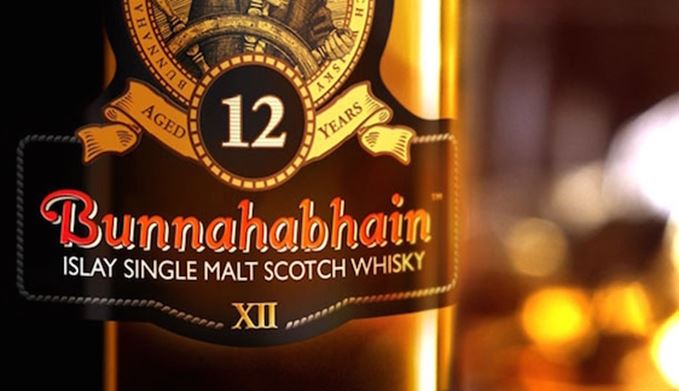Distillers filter whiskies at low temperatures – chill filtration, in other words – to keep the liquid bright and clear. But are they also removing flavour? Five years after one company stopped the procedure, Gavin D Smith is still waiting for the ‘unplugged’ revolution to begin.

One of the subjects most regularly discussed on whisky blogs and related social media is that of chill filtration. More informed consumers tend to be opposed to it, while distilling companies defend the practice by pointing out that the cloudiness which occurs in non-chill-filtered whiskies bottled at less than 46% abv, when subjected to low temperatures or when water is added, may put off the less knowledgeable.
So it is that non-chill-filtered whiskies tend to be the province of specialist independent bottlers and mainstream distillers’ limited editions, though there are exceptions, such as Arran and Bruichladdich, to name but two.
One of the non-chill-filtration trailblazers was Burn Stewart Distillers’ head of distilleries and master blender Ian MacMillan. Back in 2010, MacMillan persuaded the company’s marketing and accountancy operations that it would be a good idea to raise the strength of its single malt whiskies – to 46.3% abv – and offer them in a non-chill-filtered format.
Just to be clear, we’re not talking limited edition or single cask bottlings here, but ‘standard’ expressions across the company’s entire Bunnahabhain, Deanston, Ledaig and Tobermory ranges.
SIGNIFICANTLY SUPERIOR
The result was that, in blind comparisons, there was a very strong consensus that the new versions were significantly superior to their predecessors, being possessed of a much more attractive texture and with subtleties of aroma and flavour not previously present.
‘The flavour and aroma compounds have taken years to develop,’ says MacMillan, ‘so why would we want to lose some of them just to make the whisky pretty? As a blender, you always work with un-chill-filtered samples, so I knew that those samples and the chill-filtered whisky that we bottled were totally different animals.
‘In the case of Bunnahabhain, it allowed a more robust character to appear, one that had previously been muted. It had a far more intense aroma. Likewise, Deanston benefited hugely. Lots of the honeyed sweetness was taken away by chill filtration.’
Following what appeared to be a step change in the presentation of single malts for consumers, many of us eagerly awaited the revolution that would surely follow. If it made commercial sense for Burn Stewart to transform its single malts in that way, then surely it would only be a matter of time before the firm’s rivals followed suit?
But, five years on, there has been no revolution. MacMillan concedes that, with some single malts, the ‘before’ and ‘after’ results of not chill-filtering might be less revelatory than with his stable of whiskies, and it may also be that the biggest distillers fear that a change in character – of any kind – among their global best-selling brands could cause confusion, and even distrust, among some consumers.
Clearly, the additional costs of raising the strength of the spirit, re-labelling, re-packaging the whisky and engaging in ‘education’ campaigns to reassure drinkers that the changes are actually for the better, should not be under-estimated. The bigger the operational scale, the more these factors mitigate against the practice of not chill-filtering.
But, as MacMillan notes: ‘When I took the sheets from the filter plates after chill-filtration, they were oily and greasy, they left a great intensity of aroma and texture on my hands. This was part of the DNA of my single malts. There was a part of the whisky missing, in effect.’
And, in support of extending the number of single malts routinely offered without chill filtration, I recall when I first got to compare the ‘new’ and ‘old’ Bunnahabhain 12 Year Olds, and the sheer revelation that was the ‘unplugged’ version, in all its plump, aromatic, nuanced and brightly-flavoured beauty.
Ok, so there’s not going to be a revolution, but here’s hoping that ever more consumers vote with their senses, and support single malt brands that routinely don’t chill-filter their products. Who knows, If enough of us do it, maybe their rivals will eventually have to take notice?




